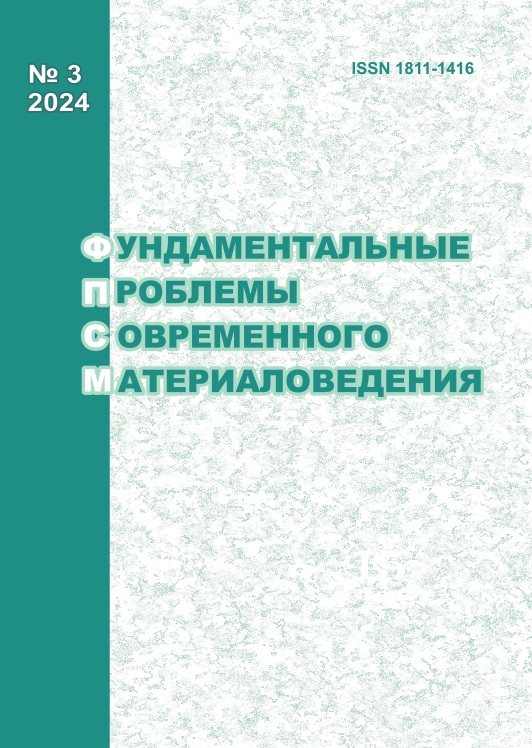INFLUENCE OF CLADDING WITH FLUX-CORED WIRE ON THE STRUCTURAL-PHASE STATE OF STEEL 20
10.25712/ASTU.1811-1416.2024.03.009
Keywords:
transmission electron microscopy, steel, surfacing, structural-phase state, dislocation structure, curvature-torsion of the crystal lattice, internal stress fieldsAbstract
Using transmission diffraction electron microscopy methods on thin foils, studies were carried out of the influence of surfacing metal made with welding wire type 35Kh5GNFVM on the structure of the substrate made of steel 20. A quantitative analysis of changes in the fine structure of the substrate and surfacing materials at different distances (0.5 and 3.0 mm) was carried out. from the fusion line. The morphological components of the structure, their volume fraction and phase composition were determined. It has been established that in the initial state, steel 20 is represented by lamellar pearlite and ferrite. Surfacing with welding wire led to significant destruction of lamellar pearlite, complete fragmentation of ferrite, release of small cementite particles at the boundaries and joints of ferrite fragments, creation of an elastically stressed state of the steel matrix and strengthening of the substrate by 1.5 times.











 Journal «Fundamental’nye problemy sovremennogo materialovedenia / Basic Problems of Material Science»
Journal «Fundamental’nye problemy sovremennogo materialovedenia / Basic Problems of Material Science» This work is licensed under a
This work is licensed under a 
